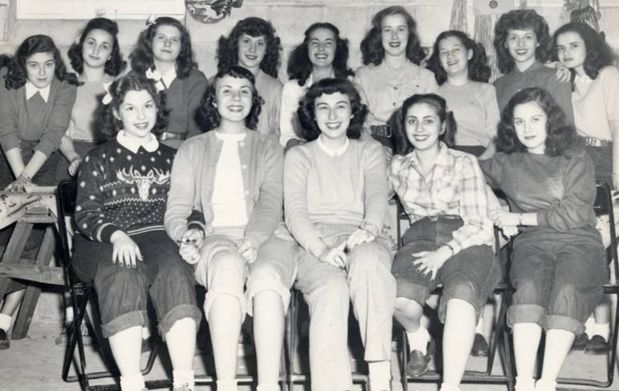ADOLESCENT PAIN
HOW COMMON IS IT AND WHAT CAN BE DONE ABOUT IT?
Unlike what you might expect from looking at the picture of the carefree adolescent German girls above, Chronic Pain in this age group has become more common than you ever dreamed. A recent study published in the medical journal BMC Public Health (An International Survey of Pain in Adolescents) looked at the incidence of pain in young people between the ages of 13 and 17, from 28 different countries around the world. Despite the belief that pain is neither common nor long-lived in adolescents, this study showed exactly the opposite.
Three different categories of pain were looked at. 75% of those polled had pain in at least one of the categories below, while over 35% had all three. And as is the case in almost every health problem, the incidence of pain in the females was greater than that seen in males. In order to meet the criteria, you had to have at least one episode per month for six consecutive months.
- HEADACHES: 54%
- BACKACHES: 37%
- STOMACH ACHES: 50%
Although I can’t really say that I trust this study completely (World Health Organization is yet another of the many organizations under the blanket of the United Nations, and is always scrounging for dollars), even if the numbers are exaggerated by 100%, I would still consider them high. And while I can’t speak for the other countries polled, there are simple solutions for most American children dealing with these or other similar problems. One more important thing to remember; If you are a sickly child, it is not likely that without making some radical lifestyle changes (such as those seen HERE), you will grow up and mature into a healthy adult. Health problems and Chronic Pain as a child tend to lead to health problems and Chronic Pain as an adult. It really is that simple.
HERE is a series of posts showing you how to start taking your life back, no matter what your problem may be. I get it — there are certain genetic diseases and other health issues that have no cure. However, thanks to epigenetics, everyone can improve their lot in life.

